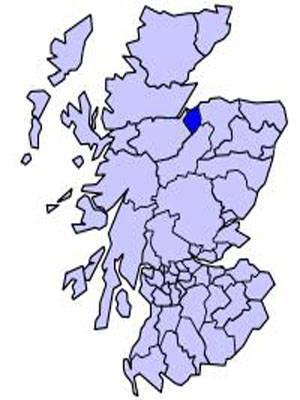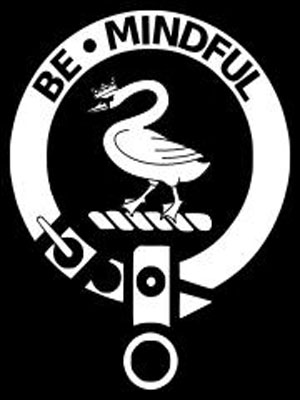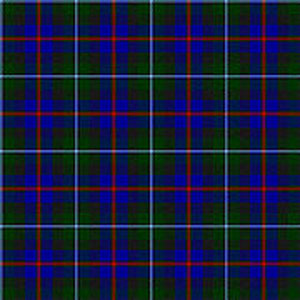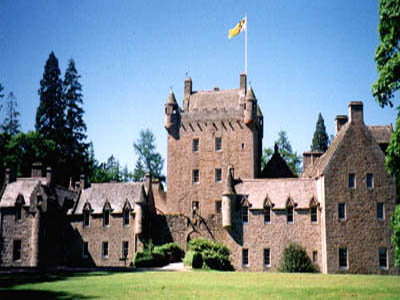Origins of the Clan


"The name Calder is believed to be derived from the Scottish name for a small stream. Hugh de Cadella, a
French knight was created Thane of Calder, later to be known as Cawdor in Nairn, Scotland. Hugh de Kaledouer
was a witness to a charter of land near Montrose in around 1178. Clan Calder is a Highland Scottish Clan. The
clan does not currently have a chief therefore it is considered am Armigerous clan.


There is a legend that the site of Cawdor Castle was chosen as a result of a dream by the 5th Thane.
In 1454 he had been authorised by King James II to build a fortified castle. Prior to this date, the Thanes
(who claimed to be descended from MacBeth) had been based in a royal stronghold in Nairn. The Thane's dream
told him to load a chest of gold on the back of a donkey and turn it loose. He was then to follow the animal
until it finally stopped - and to build his castle there. The Thane duly followed his dream - and after a long
meander, the beast stopped beneath a hawthorn tree on rising ground above a bend of a burn, five miles south-west
of Nairn. Cawdor castle was duly built there. The Calders were great nobles and held lands around the city of Inverness
from the 14th century onwards. The tower that stands at the center of Cawdor Castle was built by the Calders in around
1454. The Calders married into other local families particularly the Clan Rose who were Barons of Kilravock.
Unfortunately their ascendancy came to an end when Archibald Campbell, Earl of Argyll was along with Hugh Rose of
Kilravock appointed guardians to the infant female heir of the Calder family. Campbell tried to take the infant female
to Inverary to be educated. This was opposed by her uncles Alexander and Hugh Calder who chased them to Strathnarin but
after considerable loss of life she was safely delivered to Inverary. She was brought up as a Campbell and married Sir
John Campbell of Argyll.
Muriel the last of the Calders died around 1575 but her descendent John Campbell of Cawdor was raised to the peerage as
Lord Cawdor in 1796, and his son was created first Earl of Cawdor in 1827." (Images and materials retrieved on 14 December
2009 at http//:en.wikipedia.org/wiki/org/File:Scotl1975Nairn.png)

The Calder name became part of the Campbell of Cawdor lineage and the heraldry of the Campbell of Cawdor and subsequently
assumed the role of a sept to the Clan Campbell of Cawdor Campbell of Cawdor is recognized by the Standing Council of
Scottish Chiefs but does not have a recognized chief by the same Council it is considered an armigerous clan. The modern
clan badge (to the left) is suitable for wear for Clan Campbell of Cawdor and itís septs. The following information was derived
from the Cawdor Historical Society:
The name "Cawdor" is the English pronunciation and spelling of the ancient and original name of Caddell. In the lowlands,
the name was pronounced Calder, so that if someone moved from the highlands to Edinburgh, their name would change from Caddell
to Calder. In the early 19th century, Lord John Campbell of Caddell was residing in England and changed the name of the castle,
town and clan overnight so that it would match the Shakespearian design nation.

The Campbell of Cawdor tartan is one of four tartans officially authorized by the chief of Clan Campbell. The Cawdor Castle is
one of the most scenic In northern Scotland and is a favorite to visit. It is currently inhabited by the family of Chief Campbell
of Cawdor.





